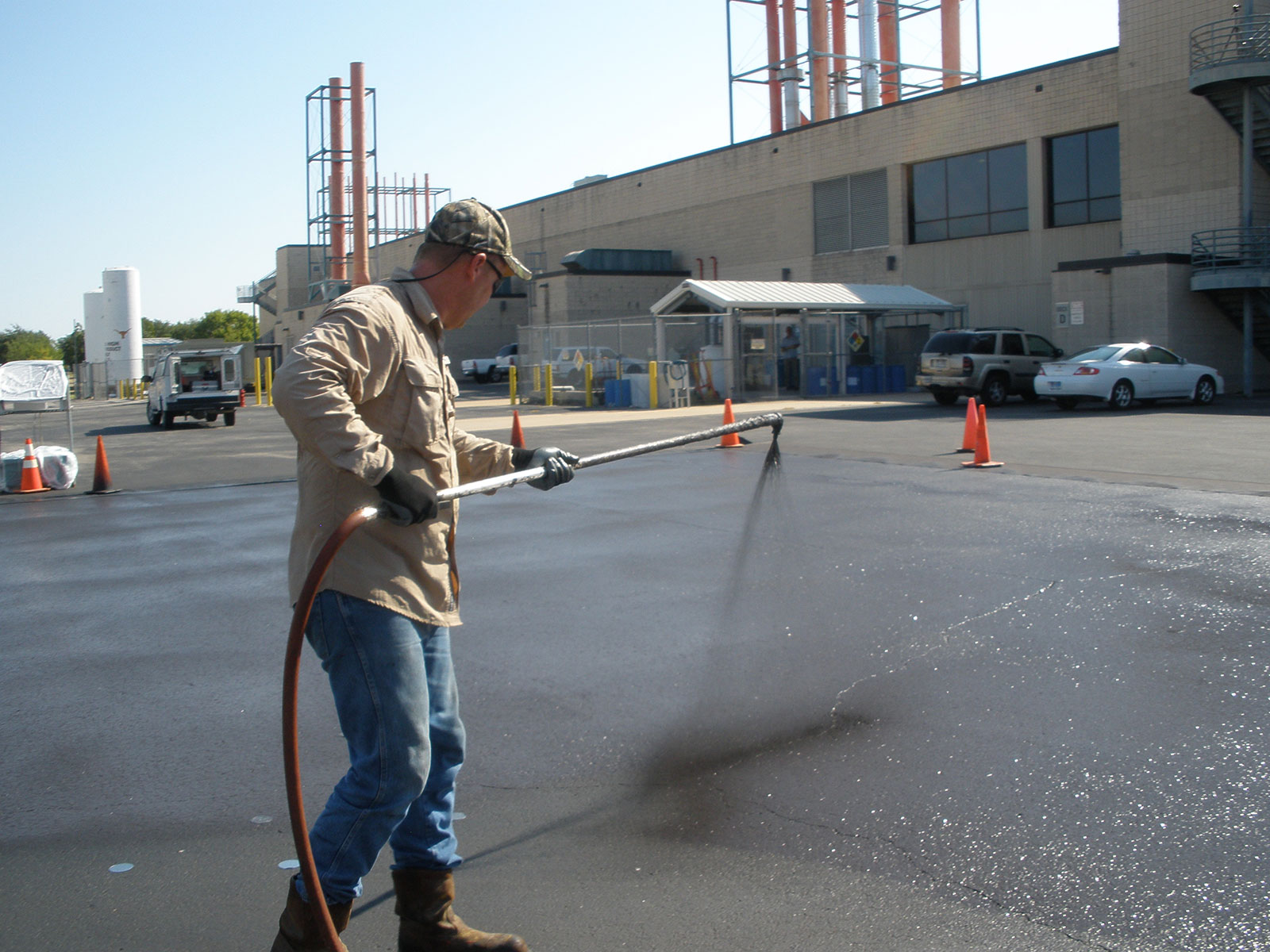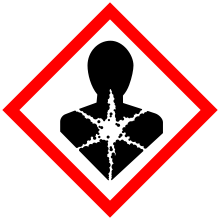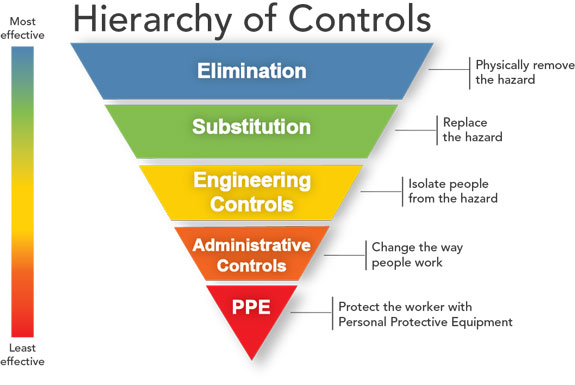
This month the National Institutes of Occupational Safety and Health (NIOSH) released its much anticipated exposure study (See Link) for sealcoat applicators. NIOSH is part of the U.S. Department of Health and Human Services, Centers for Disease Control and
Prevention. The study was 6 years in the making. It includes 32 pages of highly technical information. And unfortunately you have to pay to read it entirely.
Coal tar sealers have been used in the United States since the 1940’s. Yet this represents the first published study of worker exposure to known carcinogens.
The study puts feet to what many of us have suspected for years. As the old saying goes, how can you play with fire and not get burned? How many guys do you know who may have been harmed by coal tar sealers? We know many. But what do the federal scientists say?
We paid the $40 or so for the report and our summary follows. However we encourage NIOSH to produce an accessible summary of this report for all in the industry to read. Until then, we’ll do the best to break it down for you.
Background
Twenty-one workers on crews from three separate companies using coal tar sealers were studied. They used a variety of protections (or none) from Tyvek to wearing the same clothes during the week. They studied skin exposure, air concentrations of coal tar-related chemicals and typical coal tar derived chemicals in the urine of the workers. Urine was tested before a shift started and after.
These are typical methods used by researchers looking at chemical exposure. If you didn’t know, chemicals from coal tar sealers (polycyclic aromatic hydrocarbons or PAHs) enter the body through the skin, breathing or eating and many are excreted in urine.
Summary of Findings
1. Coal tar-related chemicals were found in all workers in the crew and were always higher after a work shift than before.
2. By the end of a work week, about 9 out of 10 post-shift samples “greatly” exceeded the level that a typical worker could expect negative health consequences and “genotoxicity” (causes gene mutations). Technically the American Conference of Governmental Industrial Hygienists (ACGIH) Biological Exposure Index (BEI) was exceeded. It isn’t a national standard exactly but an agreed upon level based on several studies. https://www.health.ny.gov/environmental/chemicals/mercury/docs/BEI.pdf
Below is the international pictogram for chemicals that are sensitising, mutagenic, carcinogenic (See Link) or toxic to reproduction (See Link).

3. Applicators had higher concentrations of airborne PAH and skin exposure than non-applicators. However urine sampling wasn’t much different.
4. Exposure couldn’t be explained by another nearby chemical source.
5. The most important statement is this:
“These results indicate the need to increase safety controls and exposure mitigation for RCTS (refined coal tar sealer) workers.”
6. Exposure levels were “substantially” greater than what has been seen with asphalt workers before.
7. Four of the PAH chemicals found, don’t have individual safe levels of exposure “because they have been observed to be carcinogenic in animal studies.”
8. Even though there were smokers among the workers, NIOSH has found that doesn’t change the levels of PAH’s found in urine and would not confuse these results.
9. Urinary levels of one of the PAH chemicals was 49 times higher than asphalt workers who smoked and over 300 times higher than the general population.
10. The study had the review and input by the Pavement Coatings Technology Council (PCTC) and the USGS through Dr. Barbara Mahler.
Another Perspective
The study didn’t answer whether increased personal protective equipment would be enough to keep workers safe. It is worth mentioning that the CDC has preferred strategies on addressing workplace safety (see below). The most effective, as shown in the graphic below, is “ELIMINATION.” Perhaps we should just eliminate high PAH sealcoats and not depend on safety equipment to reduce risk.

